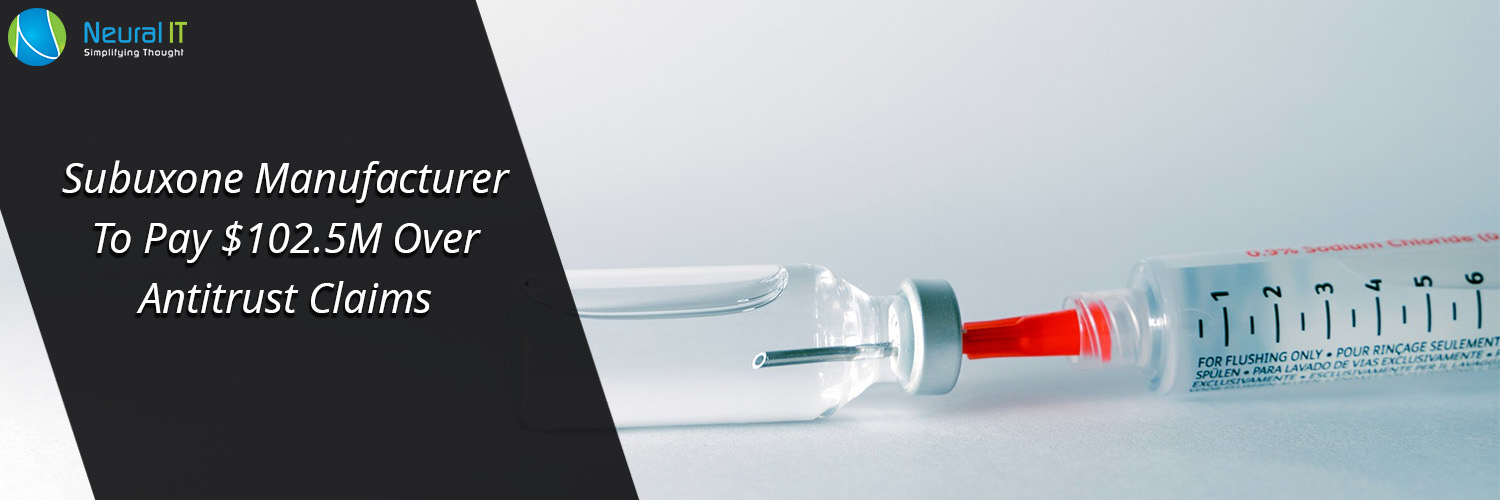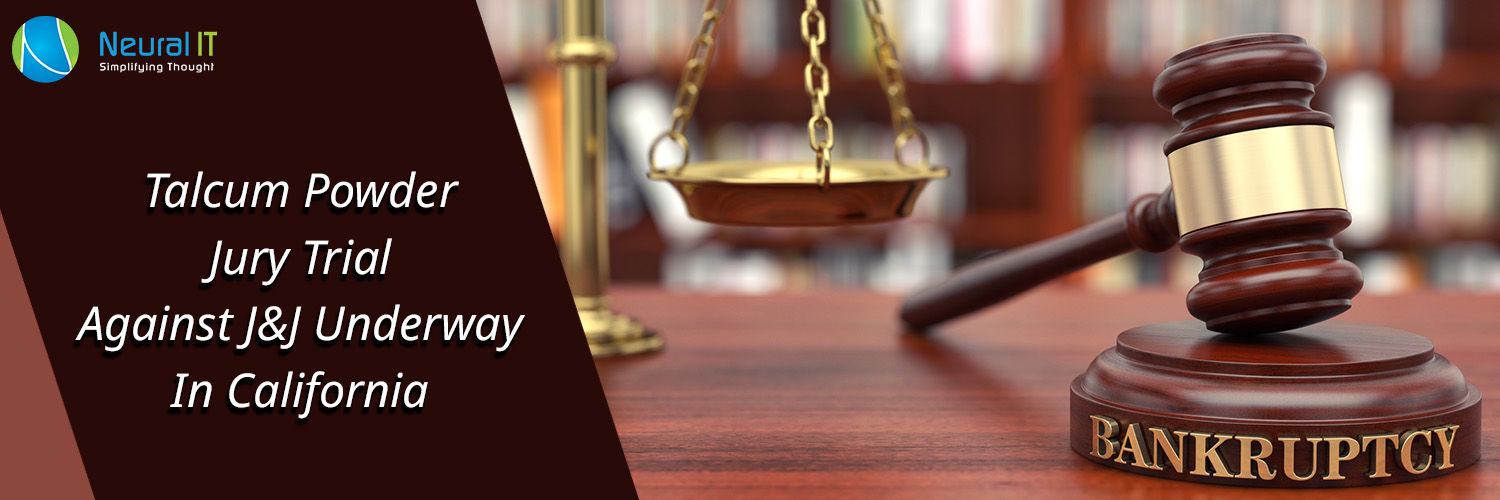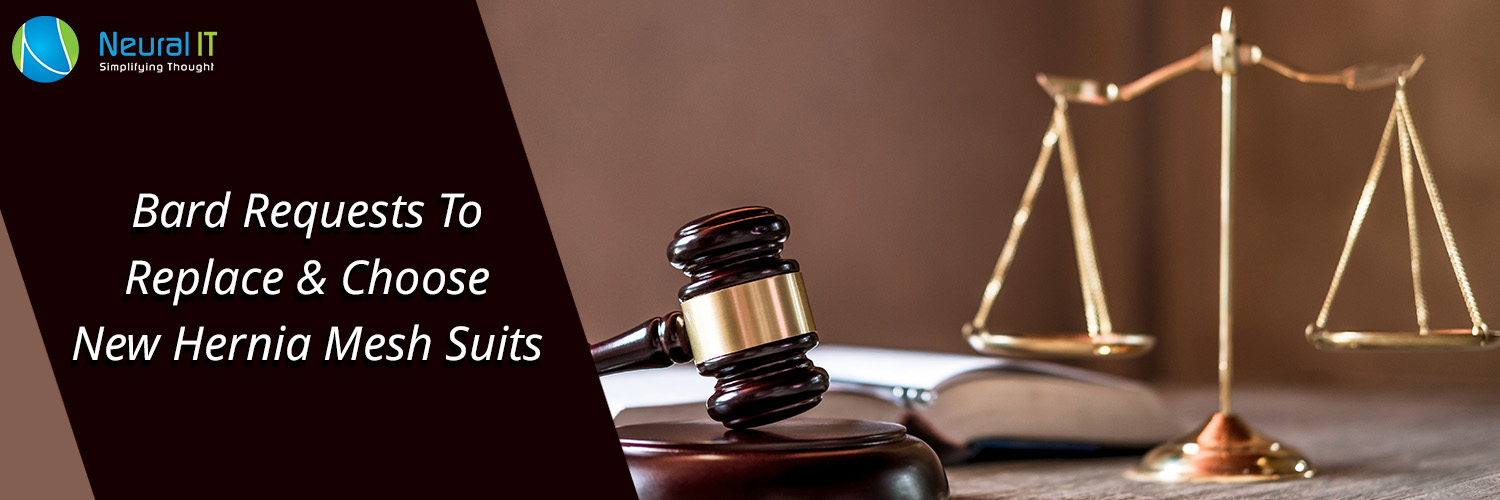Weekly Mass Torts Bulletin 2023-June-12
Subuxone Manufacturer To Pay $102.5M Over Antitrust Claims

Opioid addiction treatment drug Suboxone's manufacturer has agreed to pay $102.5 million to the District of Columbia, 41 states, and other jurisdictions in order to resolve allegations that it used unfair business practices.
The settlement with North Chesterfield, Virginia-based Indivior prevents a trial that was set to begin later this year. States, led by Wisconsin, said that the business, which was formerly a division of Reckitt Benckiser Pharmaceuticals, modified Suboxone just slightly so order to prolong its patent protection and prevent the release of generic copies of the medication.
A marketed version of buprenorphine with naloxone is called Suboxone. The lawsuit is separate from accusations made by governments against other opioid manufacturers that they contributed to or exacerbated a national overdose problem. Settlements resulting from those have so far cost more than $50 billion.
Indivior is required under the agreement to inform the states of any changes to its products or corporate control. In a statement, the business said that by resolving the litigation, it will be able to concentrate on its goals.
2019 saw Reckitt Benckiser reach an agreement to pay the federal government $1.4 billion in order to settle any possible legal issues relating to its Suboxone business.
Attorneys general from the following states, in addition to Wisconsin, are represented in the settlement: Alabama, Alaska, Arkansas, California, Colorado, District of Columbia, Connecticut, Delaware, Florida, Georgia, Hawaii, Idaho, Illinois, Iowa, Kansas, Kentucky, Louisiana, Maine, Maryland, Massachusetts, Michigan, Minnesota, Mississippi, Missouri, Nebraska, New Hampshire, New Mexico, New York, North Carolina, Ohio, Oklahoma, Oregon, Pennsylvania, Rhode Island, South Carolina, Tennessee, Utah, Vermont, Virginia, Washington and West Virginia.
In 2016, the producers of Suboxone were accused of unlawful trade restriction and conspiracy to monopolize by the former attorney general of Maryland and 35 other attorneys general.
Suboxone prevents withdrawal symptoms and lowers cravings by binding to opioid receptors in the brain.
Talcum Powder Jury Trial Against J&J Underway In California

Following a protracted delay in the cases due to Johnson & Johnson's decision to pursue a much-derided bankruptcy filing, the first jury trial concerning accusations that talcum powder causes cancer in two years has started in California.
More than 38,000 Baby Powder lawsuits and Shower-to-Shower lawsuits against Johnson & Johnson involve similar claims that the company neglected to disclose the possibility of ovarian cancer, mesothelioma, and other injuries from toxic asbestos particles that are frequently present in the products.
Johnson & Johnson decided to pursue a contentious talcum powder bankruptcy scheme by transferring all liability it faced for failing to warn consumers about the cancer risk into a new entity, LTL Management, LLC, which then immediately filed for bankruptcy following a series of significant jury verdicts in lawsuits that went to trial several years ago.
Legal professionals blasted the action as an exploitation of the American bankruptcy system right away because Johnson & Johnson is sitting on billions of dollars' worth of assets. The submission, however, led to a stay of all proceedings and stopped any further cases from being filed or continuing to trial. After the U.S. Court of Appeals for the Third Circuit recently rejected the bankruptcy application, it looks like that will change in the upcoming months. This decision sets the ground for active litigation to restart all talcum powder complaints in 2023.
As soon as the corporation had exhausted its appeals, the U.S. Bankruptcy judge in New Jersey, who is presiding over the case, indicated in February that he intended to dismiss the bankruptcy and lift the present stay on the litigation. He did, however, permit one case to proceed in California state court involving a man with a bleak prognosis. The plaintiff in that trial filed a talcum powder complaint, alleging that Johnson & Johnson's asbestos-contaminated talcum powder caused him to acquire mesothelioma.
As Johnson & Johnson is putting up a worldwide settlement proposal for talcum powder, which would once more drive the case through the federal court system, the trial is anticipated to be carefully monitored. While the verdict in this particular case will not be conclusive on other claims, it may influence continuing settlement discussions and the amount plaintiffs are willing to pay to resolve other claims.
Johnson & Johnson said in April that it intended to resolve all talcum powder litigation through an $8.9 billion fund that would be paid over 25 years, covering all existing and future claims. This announcement came as the US Courts were getting ready to start efforts to prepare a significant number of claims for trial anew. Leading plaintiffs' attorneys in the litigation have roundly rejected the offer, stating that it is too low, once again attempts to limit restitution to plaintiffs, and would severely limit payouts for future claims, which have not yet been filed because it can take years for ovarian cancer and other illnesses linked to the use of talcum powder to be detected. The offer resulted in yet another bankruptcy filing by its LTL, Management subsidiary.
Bard Requests To Replace & Choose New Hernia Mesh Suits

C.R. Bard is requesting that a federal judge choose two new hernia mesh lawsuits for early bellwether trials that are scheduled to start later this year.
The company claims that the claims are no longer representative of the thousands of other lawsuits that are still pending trial because the conditions of the previously chosen plaintiffs have gotten worse and new complications have emerged.
The judge overseeing the lawsuits issued an order requesting that the manufacturer submit a briefing on their position regarding the "representativeness" for the purposes of serving as the third and fourth bellwether trials following a case management conference held on May 17, 2023, during which Bard raised concerns about developments in the claims.
On May 24, C. R. Bard responded with a 19-page brief in which he claimed that the two instances chosen as bellwether claims were no longer acceptable for trial since they no longer accurately represented the majority of cases submitted. Due to the plaintiffs' disabilities having dramatically deteriorated while waiting for a trial due to legal delays and current Bard hernia mesh lawsuit settlement negotiations, Bard admits that both cases are no longer representative. Their first complaints were for discomfort, but both examples show that the injuries have already progressed significantly.
The plaintiff reportedly suffered significant injuries, including the loss of a testicle, as a result of a subsequent revision operation employing a different Bard hernia mesh device, according to Bard.
Bard asserts this makes the case unfit as a bellwether test case since it can no longer give helpful information about how jurors will react to evidence in a variety of other claims.
Plaintiffs, on the other hand, submitted a statement on May 30 and noted that Bard had previously attempted to have the case removed from the bellwether process, unsuccessfully, because they did not want his claim to be heard by a jury. Plaintiffs contend that this most recent effort is a way out of having to defend the claim at trial after the Court rejected those earlier attempts.
Bard makes very similar arguments on the fourth bellwether case's lack of representativeness, which may leave the Court without any ready claims to present to a jury later this year.
Although the plaintiff had already told the defendants that he was dealing with continuing side effects from the 3DMax, including testicular discomfort, they chose the case as one of their bellwether trials, according to the plaintiffs.
On June 1, Bard submitted a response to the plaintiffs in which it claimed that the plaintiffs' objection to the representativeness of the two instances was purely based on recent events.
Tepezza Hearing Loss MDL Created Before Illinois Judge
As part of an MDL, or multidistrict litigation, a panel of federal judges has decided that all Tepezza claims alleging hearing loss filed throughout the federal court system would be merged for preliminary proceedings before one U.S. District Judge in Illinois.
The Tepezza lawsuits will be consolidated before the U.S. District Judge in the Northern District of Illinois for coordinated pretrial proceedings, according to a transfer order issued on June 2 by the U.S. Judicial Panel on Multidistrict Litigation (JPML) in response to oral arguments heard late last month.
It is customary for the U.S. JPML to centralize the litigation in complex pharmaceutical litigation where numerous claims are brought by consumers of the same medication or medical product who have all suffered the same or similar injuries. This reduces duplicative discovery into common issues that will arise in all claims, avoids conflicting pretrial rulings, and serves the convenience of specific witnesses and parties who will be required to testify in each of the lawsuits.
The JPML reports that there are already 19 possibly linked proceedings in addition to 18 Tepezza hearing loss litigation filed in five separate jurisdictions. The amount of the case is anticipated to considerably increase over the coming weeks and months as Tepezza hearing loss attorneys continue to examine and submit claims.
As the first drug authorized to treat thyroid eye disease, also known as bulging eyes, which is brought on by hyperthyroidism and linked to Graves' disease and causes inflammation of the eye muscles, eyelids, tear glands, and fatty tissues behind the eye, Horizon Therapeutics introduced Tepezza (teprotumumab-trbw) in January 2020.
Although Tepezza infusions were initially intended to be a specialized treatment with a small market, sales of the medication more than doubled to $1.66 billion in the second year it was available in the United States. As a result, critics have voiced concern that Tepezza was aggressively marketed without fully disclosing all of the potential risks.
Hundreds of former users are now coming forward to claim that Tepezza caused them to have various types of hearing loss adverse effects, including chronic tinnitus and total hearing loss. Many times, even receiving therapy for thyroid eye illness, the issues continue, causing irreparable hearing loss in the users.
A group of plaintiffs requested that all hearing loss lawsuits be transferred to the U.S. District Court for the Northern District of California for coordinated discovery and pretrial proceedings in a motion to establish a Tepezza MDL earlier this year due to the similar factual and legal issues raised in complaints filed in U.S. District Courts across the country.

